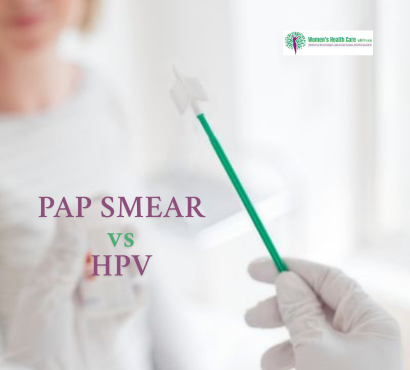Cervical cancer remains a leading cause of cancer-related deaths among women globally. Early detection through regular screenings can significantly reduce the risk. Two primary tests are employed for this purpose: the Pap Smear and the HPV Test. While both aim to prevent cervical cancer, they function differently. This article delves into their distinctions, procedures, and importance.
What is a Pap Smear?
A Pap Smear, or Pap test, involves collecting cells from the cervix to detect precancerous or cancerous changes. It’s a preventive measure to identify abnormal cells before they develop into cancer. The procedure is straightforward:
- A speculum is inserted into the vagina to visualize the cervix.
- A brush or spatula collects cervical cell samples.
- The sample is sent to a laboratory for analysis.
Regular Pap Smears have been instrumental in reducing cervical cancer rates by facilitating early intervention.
What is an HPV Test?
The Human Papillomavirus (HPV) test detects the presence of high-risk HPV strains known to cause cervical cancer. Unlike the Pap Smear, which looks for cell changes, the HPV test identifies the virus responsible for these changes. The procedure is similar:
- Cell samples are collected from the cervix.
- The sample is tested specifically for high-risk HPV DNA.
HPV infections are common, and most are cleared by the immune system. However, persistent infections with high-risk strains can lead to cervical cancer, making HPV testing crucial.
Key Differences Between Pap Smear and HPV Test
| Aspect | Pap Smear | HPV Test |
| Purpose | Detects abnormal cervical cells | Identifies high-risk HPV strains |
| Method | Cytological examination of cervical cells | Molecular detection of HPV DNA |
| Age Recommendation | Begins at age 21 | Often recommended for women 30 and older |
| Frequency | Every 3 years if results are normal | Every 5 years if combined with Pap Smear (co-testing) |
| Result Interpretation | Identifies cell changes that may require further testing or monitoring | Detects HPV presence; positive results may lead to additional screenings |
Why Are These Tests Important?
Regular cervical screenings are vital because
- Early Detection: Identifying abnormal cells or HPV infections early allows for timely intervention, preventing progression to cancer.
- Preventive Care: Screenings can detect issues before symptoms arise, emphasizing prevention over treatment.
- Reduced Mortality Rates: Countries with regular screening programs have seen significant declines in cervical cancer cases and deaths.
Current Guidelines and Recommendations
In India, it’s recommended that:
- Women aged 21-29 undergo Pap Smear tests every three years.
- Women aged 30-65 consider co-testing (Pap Smear and HPV test) every five years or a Pap Smear alone every three years.
- Women over 65 with a history of normal results may discontinue screening
It’s essential to consult with healthcare providers for personalized recommendations.
FAQs
- Can I get an HPV test instead of a Pap Smear?
While both tests serve different purposes, combining them (co-testing) provides comprehensive screening. However, consult your healthcare provider for personalized advice.
- Is the HPV vaccine a substitute for regular screenings?
No, the HPV vaccine protects against certain strains of the virus but doesn’t eliminate the need for regular cervical screenings.
- Are these tests painful?
Both procedures might cause mild discomfort but are generally not painful. Communicate any concerns with your healthcare provider.

